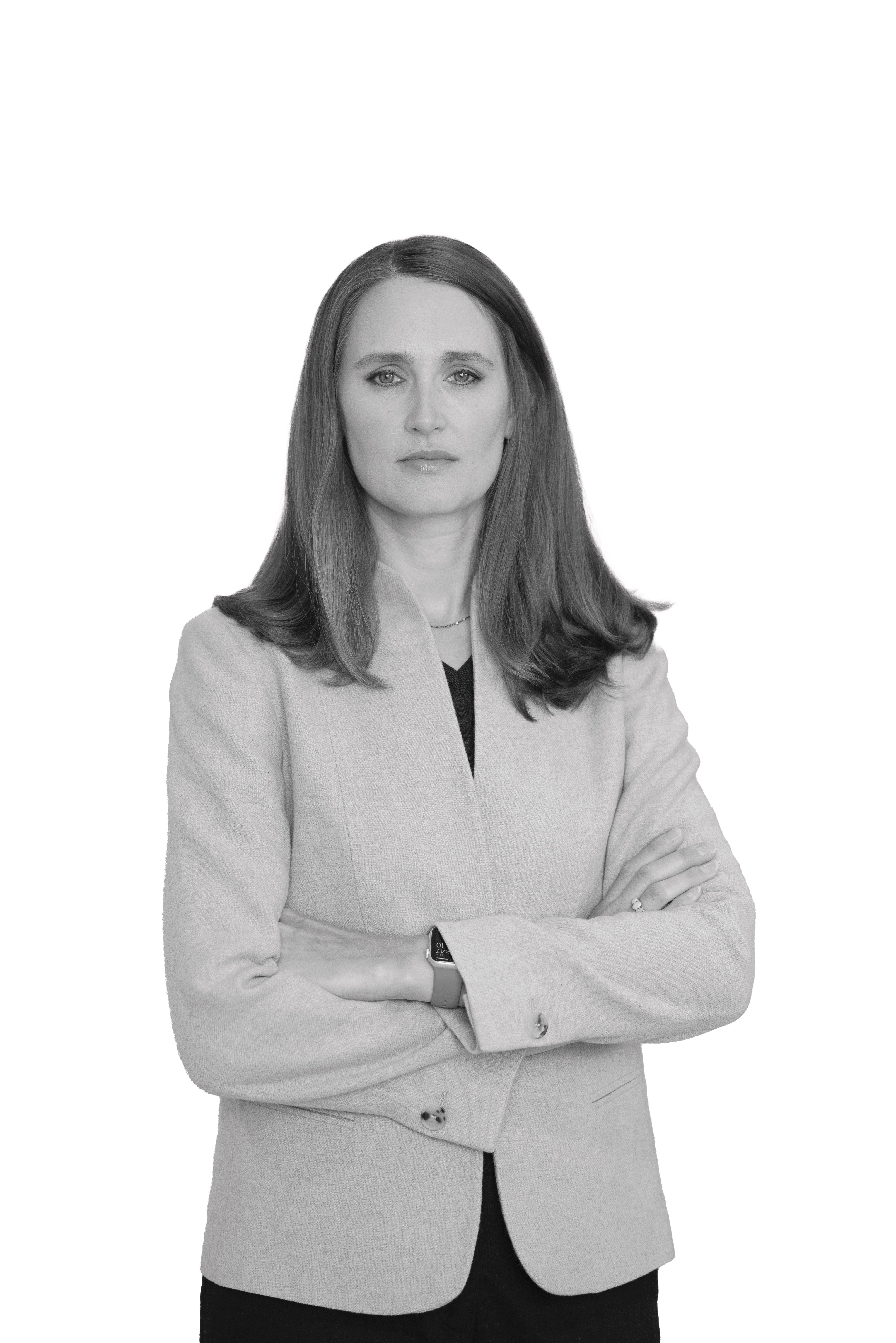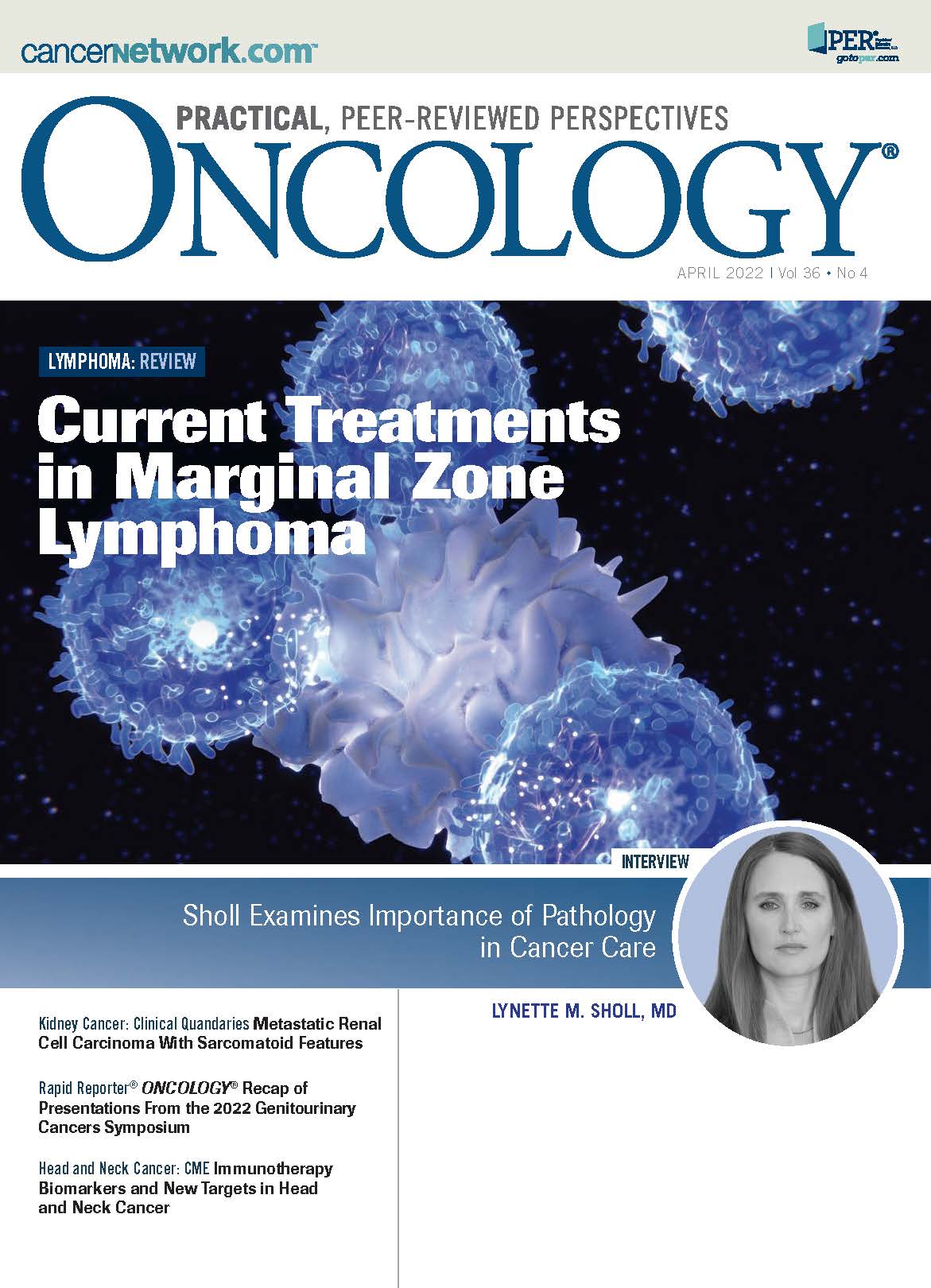Sholl Examines Importance of Pathology in Cancer Care
“You have to look at the cell-free DNA results with a grain of salt and with some degree of sophistication in terms of what you can act on as a predictive biomarker in the blood.”
Lynette M. Sholl, MD, is associate professor of pathology at Harvard Medical School; associate pathologist, pathology, at Brigham and Women’s Hospital, Boston; and co-chair of the 6th Annual International Congress on Oncology & PathologyTM, hosted by Physicians’ Education Resource®, LLC (PER®).

Within any robust multidisciplinary treatment team, pathologists are a very valuable part of the decision-making process. They are often the first to determine a cancer diagnosis when samples are seen in the lab, and they can offer deeper insights into the genomics of specific tumors, which serve to guide treatment selection across settings.
In an interview with ONCOLOGY®, Lynette M. Sholl, MD, spoke about her career as a pathologist as well as the ever-evolving role of circulating tumor DNA (ctDNA) in the field of oncology.
Sholl details how her early career and what she has learned have helped shed light on best practices between pathologists and oncologists.
Q: How did you become interested in pathology?
A: I went to Johns Hopkins University for my undergraduate [degree] and I was fortunate enough to participate in extracurricular research. There, I met several physicians who worked in pulmonary medicine, asthma, and basic science research. I knew very little about the nuts and bolts of medicine and what people could do in their medical careers. Meeting those people during my undergraduate [period] was a formative experience. As is the case for many people, it’s finding that right mentor [who shines] a light on a particular career path that resonates with you as a person.
Figuring out what specialty you want to go into is often a process of elimination, and it can be challenging to make that decision. I had a predilection for looking down a microscope from the earliest preclinical coursework we had in medical school. I had a lot of interest in different areas. I liked medicine because I like the complexity of integrating all sorts of variables about a patient to care for them. I always felt like you were never able to make a definitive decision in a short period of time, and I was frustrated by that. I liked surgery because you have to be very definitive and make decisions in the spur of the moment, but I felt like it didn’t give as much time to think about disease mechanisms. Pathogenesis does [give you that time] in a certain way, but not quite in the way that I wanted it to, at the more molecular level or the more cellular level. Pathology provided a way both to be in a position where you must make split-[second] decisions, and to provide concrete information that guides the patient in [their] course of therapy. There’s satisfaction in being able to do that. It also is a great place to engage in translational work at the cellular and molecular level.
Q: How can you gauge whether you’re working with a good pathologist?
A: The pathologist must be present in the practice that the oncologists or the surgeons are engaged in. For one, if you have a pathologist who shows up, demonstrates an interest in the decision-making that the patient-facing clinicians need, [provides] information that they need, and then tries to meet those needs, you’re probably dealing with a thoughtful pathologist.
There’s also a range of confidence levels that you see within pathologists, ranging from the overconfident to the underconfident; you want to be somewhere in the middle. When you lack confidence in a diagnosis, [you must] explain why that is. [Try] to avoid the frankly overconfident sort of calls that can also get you into trouble. Ultimately, if you have a highly communicative pathologist who doesn’t try to cover their tracks or obfuscate, and who can clearly justify the way they render a diagnosis with available evidence, [they’re ones to keep].
As a pathologist, you must demonstrate a level of humility and willingness to seek additional opinions, because the complexity of the human body is mind-boggling. Many times, the specimens of tumors that we look at, the diseases that we look at, [aren’t seen in] the books. Reaching out to colleagues throughout the department is often critical. Your pathology colleagues should demonstrate a willingness or an eagerness to do that, if you are. You must recognize your limitations as a pathologist, and if, [say], you haven’t been [working with specimens of [gastrointestinal (GI) tumors] for the last 5 years, and all of a sudden somebody gives you GI cancer [to look at], it’s probably a good idea to make sure that you run that by your colleagues.
Q: What impact has ctDNA had on practice? Where do you see it going?
A: The impact has been hard to quantify. I suspect that we probably have had some decrease in primary molecular diagnostics requests on tissue. If a patient has a sufficient burden of ctDNA in their blood, they’re going to get the relevant predictive biomarker information from a plasma sample. They don’t necessarily need to do the testing on a tissue sample. Inevitably, you’re going to see some [decrease] in the number of requests you get for tumor tissue and molecular testing. That said, it’s still a new space.
In a center like ours, there’s much academic curiosity as well as access to tools like our in-house [next-generation sequencing] assay, and those will often drive the decision to get both a plasma ctDNA test and a tissue-based test. A ton of information can be gleaned from that because now we recognize that within the individual patient, there can be a tremendous amount of heterogeneity in terms of the tumor biology. They’ve got multiple sites of disease. They may have multiple different relevant, passenger, or branch mutations, but they may have multiple interesting mutations that can influence response to therapy at different sites. You’re not going to get that from a tissue test, but the blood might give you a little more insight.
The challenge that we face with ctDNA testing in practice is that much of it is very decentralized [due to] the ease of testing. As the patient comes into clinic, you draw the blood, you put it in the mail, and then the results come back. Increasingly, we’re seeing more uniform ways of digesting the results and getting them into the medical record. Often, it’s in the form of a PDF that may be labeled properly, or maybe it isn’t. You hope that you come across a cell-free DNA assay. There’s a recognition that it’s like the Wild West of testing. [Many] places are realizing that it’s not an ideal model because a lot of information can be gleaned from the cell-free testing that’s not getting used as well as it could be, because it’s hard to find the information in many of the hospital medical records.
One of the challenges that clinicians may face is knowing when they do or do not have an informative ctDNA test. It’s not always easy to tell, because you can pick up stuff that may be present largely in the myeloid lineages and think that you are capturing some information about your patient’s lung cancer, for instance, but it may be reflecting another process. You have to look at the cell-free DNA results with a grain of salt and with some degree of sophistication in terms of what you can act on as a predictive biomarker in the blood; [you have to know whether] that information is enough vs what is not. We need to proceed to getting a proper tissue sample that we can profile.
Q: Specifically in lung cancer, what are the biggest concerns regarding pathology and biomarker testing?
A: [A very] important thing to address is where the field is in terms of PD-L1 testing. There are many questions about the right way to go about PD-L1 testing, and we’ve seen an evolution in that space in terms of an overall effort to simplify companion diagnostics paired to specific drugs.
While [those questions] still exist, we’re seeing a movement toward accepting that many of the of the PD-L1 [immunohistochemistry] assays are relatively interchangeable. For instance, a particular lab bringing up 3 or 4 different assays to support therapeutic use of 4 different PD-1 or PD-L1 inhibitors [is superfluous]. The direction we’re going in with PD-L1 testing is a positive one.
Late Hepatic Recurrence From Granulosa Cell Tumor: A Case Report
Granulosa cell tumors exhibit late recurrence and rare hepatic metastasis, emphasizing the need for lifelong surveillance in affected patients.
